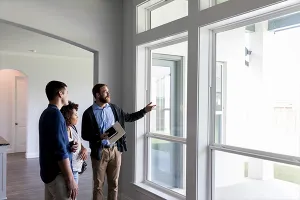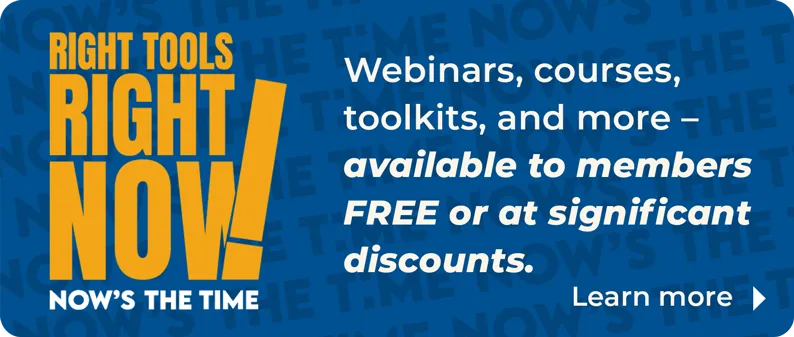
On Sunday, May 22, 2011, at 5:41 p.m., a powerful tornado ripped through Joplin, Mo. (population 50,000), killing 161 people and destroying more than 8,000 homes and buildings. Kim Cox, GRI, CEO of the Ozark Gateway Association of REALTORS®, recalls how REALTORS® managed through the chaos. Her experience provides an object lesson in how associations can help their members and their communities in the aftermath of disaster.
When you’re an association executive who’s concerned about the lives and livelihoods of your members, there’s no time to waste after a disaster. Immediately after the EF-5 tornado hit Joplin, we had no phone service, power, or water. My husband and I raced around the city in the pouring rain, searching for family members. After confirming that my family was safe but that our daughter had lost her roof, it was time to reach out to our work families.
Two of my staff members’ homes were destroyed, and it would be a day and a half before I found out they survived. Our MLS director and I met at the association office and pulled a list of all our REALTOR® and affiliate members from the board safe. We found a landline that worked and started calling the designated REALTORS® of every office. We knew the DRs would have already been checking on their agents’ whereabouts and safety, and this could significantly accelerate our own effort.
After 24 hours, we had our first statistics: More than 30 of our 491 members were missing, more than 20 had lost their homes, two offices had been totaled, and several dozen members had lost their vehicles. We also had a list of immediate needs: tourniquets, bandages, and transportation to loved ones’ homes, hospitals, and damaged sites to retrieve any personal belongings that could be saved.
In the early days, the hazards multiplied. Many utilities were still on, and the smell of natural gas was everywhere. Downed power lines posed extreme danger, and we had to be cautious about where we parked our cars to ensure emergency vehicles could get around. We were in a state of hyper awareness. After almost two weeks, we had an accurate picture: 43 members had lost their homes, more than 80 had lost their vehicles, five had lost their offices, one had lost his life, four had lost immediate family, and 14 were still missing. It would take several weeks to determine that all 14 were alive, though some were injured.
We started to track who needed what and who was available to help. Then, we began to help members with everything from meal delivery to laundry to running folks to and from doctor’s appointments. We checked with members every week for the next four months. Our office became ground zero, where members could use phones, computers, printers—whatever they needed.










